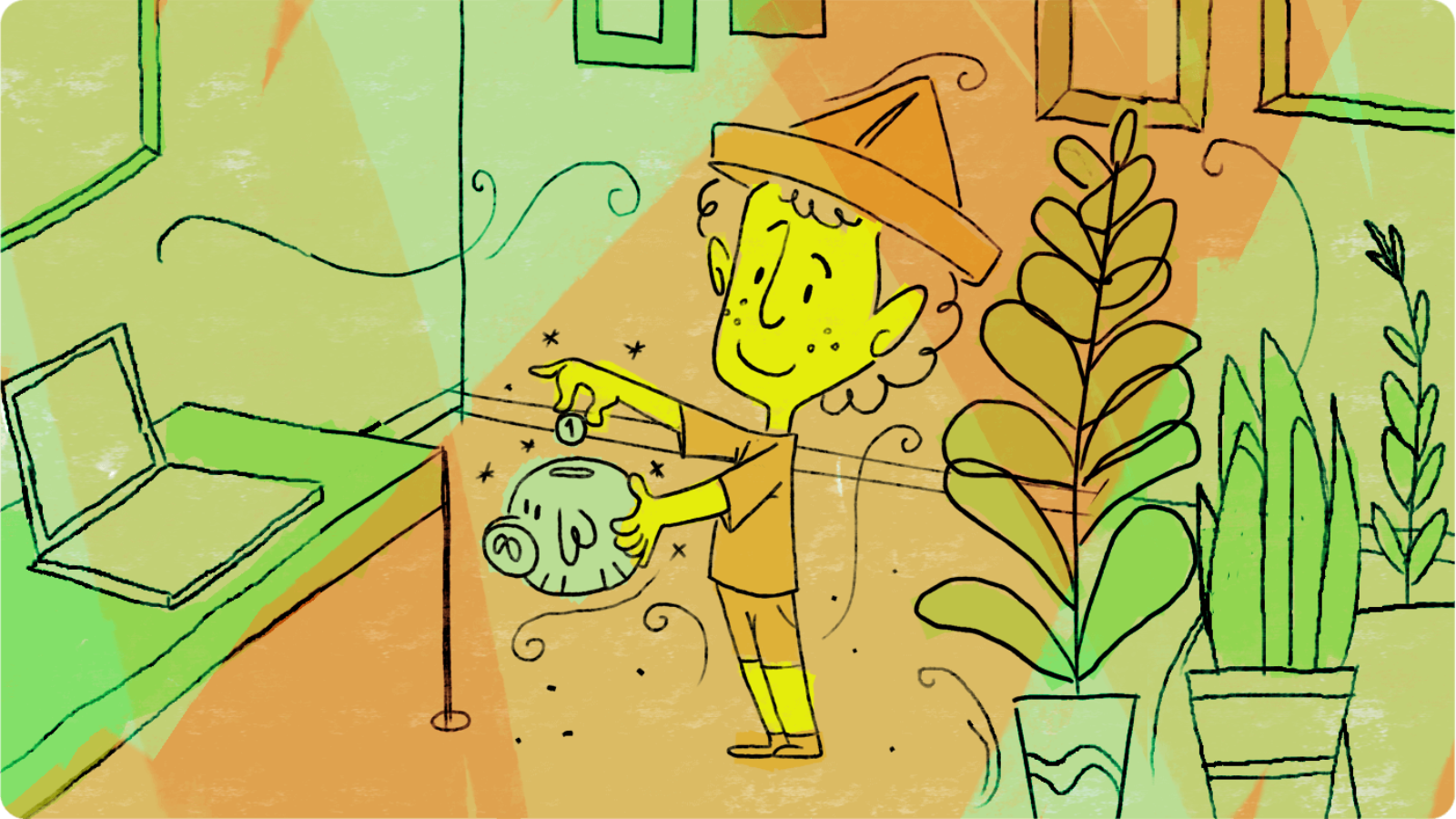To make an animation project you need a minimum budget for it to pay for itself. When the budget is basic there are many challenging factors such as high expectations of the client even with little investment, always great desire to make a project above the quality that fits the budget, number of artists involved in the project, as well as the value of their service and the individual experience for the project among others, but perhaps the main factor for this project to be carried out successfully is the pre-production.
A well-planned and performed pre-production will be crucial for the project to be produced in a sustainable and healthy way. I participated in some pre-productions. In my view, whenever the planning and execution of these steps were well done, the rest flowed very well. I put 5 tips below for this pre-production to be well planned and carried out, regardless of the size of the project, remembering, of course, that we are talking about low budget.
1. Team choice:
In most of the low investment projects that I participated in, the managers always defined the strategy of having a very small team with the highest possible quality. In my opinion, it is not the best strategy, for two reasons: first, the project needs a lot of work in a short time and second, generally the best think only about quality and take longer to meet deadlines in view of this view that quality is what matters most. In my opinion, the team must have the fastest artists with a super talented leader in each area to have a lot of production at this stage, maintaining a quality consistent with the budget. These super efficient teams with very fast artists will play in bulk, producing recycle banks, and the leaders will determine what will be played and oversee the entire production.
The idea is that this supervision is not extremely judicious. The objective here is not to have products from banks with very low quality. Artists with a little less experience are usually super engaged and are my favorite for pre-production teams. They are fast, maintain good quality and are very willing to learn and work. The areas of this stage should be, a boarder, a technical director or a rigging director, an animator director and a BG and prop director; they, together with the creative director, will define the project’s concept.
2. Visual development:
The visual development must be coherent with the budget and must be the root of the project, it must be simple but very aesthetically powerful and must be defined by the creative director together with the leaders of each area. This may be the most important factor, perhaps even more important than the story, but at best it will be right next to the project story in importance. As I said, it should be simple, simple to reproduce, simple to recognize, simple in depth, simple in layout, simple in the number of characters, objects in the scenery and props.
Simple shapes and colors are the visual basis for the success of this type of project and generally gain strength when mixed with this simplicity, we use some complex aesthetic artificials, such as textures, but without exaggeration.
3. Script and Storyboard:
Scripts with simple and semantically didactic stories are my favorite. Peter Jackson is the teacher of this type of script and storyboard. He is the biggest reference. The greatest example, even though all of his films are mega productions, he makes scripts and boarding very simple and powerful. Simple story, that’s the big tip. Choices of number of characters, others and settings must be defined here. It is very important that they do not exceed a ceiling and it will depend once again on the amount that will be invested in the project.
Here you will also define the level of complexity of the layouts. Once again SIMPLICITY is the word that guides the layouts. The choice for a majority of American and closed plans is positive, even for projects for early childhood children.
4. Reuse bank:
After the visual development, this part is the most crucial and must be worked on well so as not to waste too much waste or waste energy. Backgrounds, props, poses and animations must be designed to be reused. The professional artists who will make these benches must be very motivated and focused and goals must be set. Generally, in pre-productions, the artists do not have a very high level of concentration, and in this moment of making benches, the goals raise this level of involvement.
5. Pre-production schedule:
To carry out the pre-production of a low-budget project, the schedule must provide for more time than projects with less lean budgets. It seems counterintuitive, but the truth is that pre-productions in projects with little investment need this stage more than others. It’s crucial to the rest of the production and when it’s done, the rest flows very well.
The schedule should be well followed without too much flexibility, unless there is something very out of the curve going on. If that happens, what must be done to contain the fire is to take time out of production, that is to compress production. Pre production, in this case, should be looked at with more importance than production.
I think that’s what a successful low-budget pre-production looks like. I make it clear that for the team that will lead this stage, engagement is very important. They will determine the emotional value of the rest of the team and the rest of the project. If they are united and in a pleasant climate, everything will be fine.
I also make it clear once again that this is a general point of view that in my humble opinion fits most, if not all, low-budget animation projects.



Add a Comment